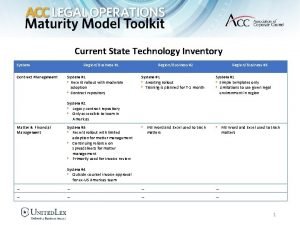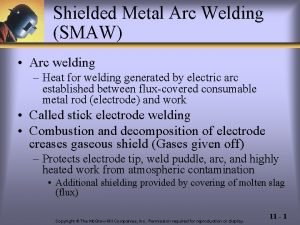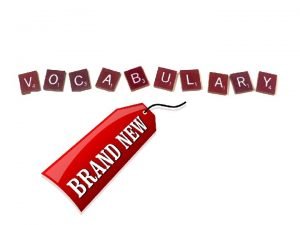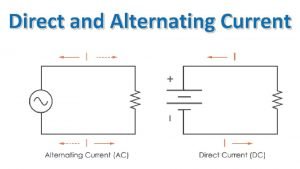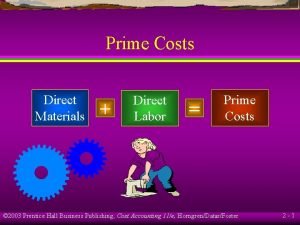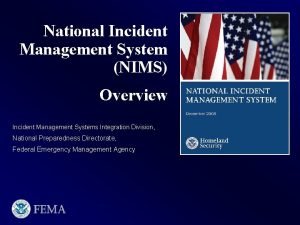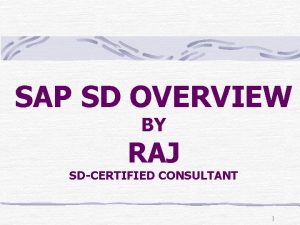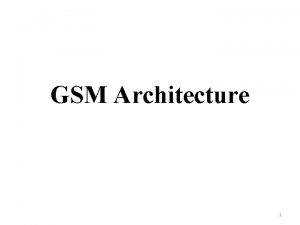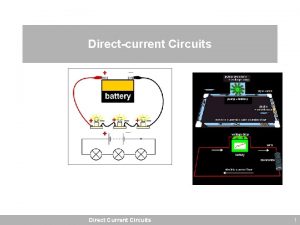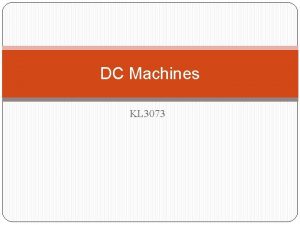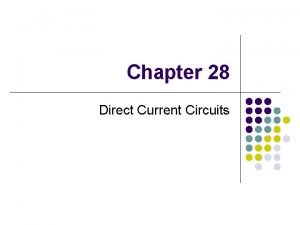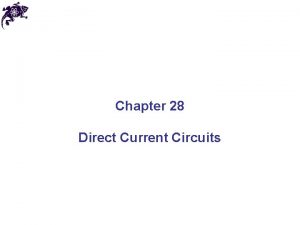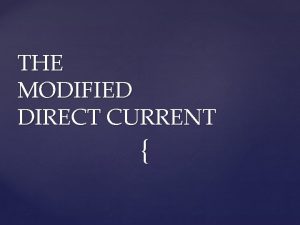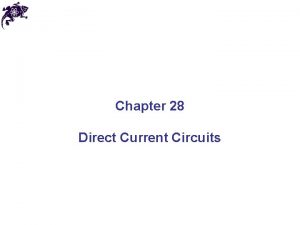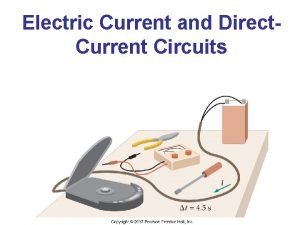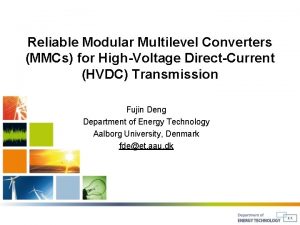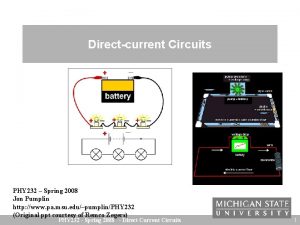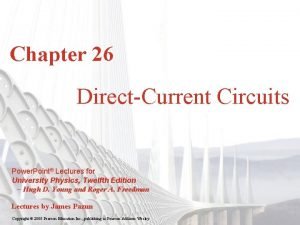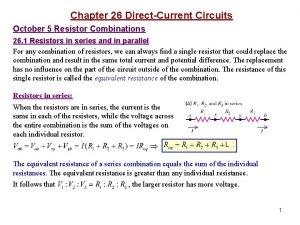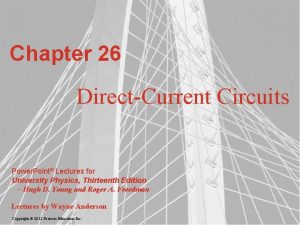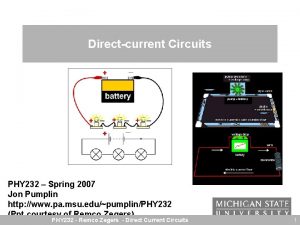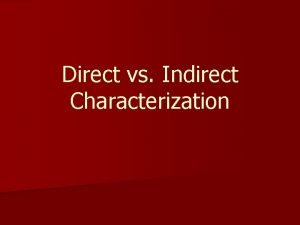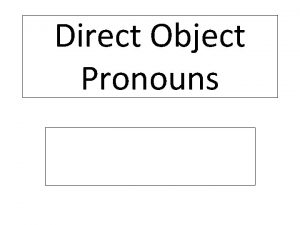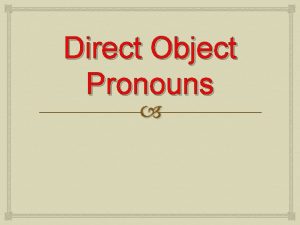DC MACHINES Overview of Direct Current Machines Directcurrent























- Slides: 23

DC MACHINES

Overview of Direct Current Machines • • • Direct-current (DC) machines are divided into DC generators and DC motors. Most DC machines are similar to AC machines: i. e. they have AC voltages and current within them. DC machines have DC outputs just because they have a mechanism converting AC voltages to DC voltages at their terminals. This mechanism is called a commutator; therefore, DC machines are also called commutating machines. DC generators are not as common as they used to be, because direct current, when required, is mainly produced by electronic rectifiers. While dc motors are widely used, such automobile, aircraft, and portable electronics, in speed control applications.

Construction of DC machine Cutaway view of a dc motor

Construction of DC machine Stator with poles visible.

Construction of DC machine segments Rotor of a dc motor. Brushes

DC Generator Mechanical energy is converted to electrical energy Three requirements are essential 1. Conductors 2. Magnetic field 3. Mechanical energy

Fleming’s Right hand rule (Generator Rule) Use: To determine the direction of the induced emf/current of a conductor moving in a magnetic field. The POLARITY of the voltage depends on the direction of the magnetic lines of flux and the direction of movement of the conductor.

Working principle A generator works on the principles of Faraday’s law of electromagnetic induction Whenever a conductor is moved in the magnetic field , an emf is induced and the magnitude of the induced emf is directly proportional to the rate of change of flux linkage. This emf causes a current flow if the conductor circuit is closed.

Principle of operation (Cont)

DC GENERATOR

DC GENERATOR

DC GENERATOR

Resultant Output from A Multi-coiled D. C. Armature

Working principle of DC motor

Electrical Equivalent of DC Motor/Generator

Types of DC Machines 1. Separately Excited generator/motor 2. Shunt generator/motor 3. Series generator/motor 4. Compound generator/motor

Separately Excited DC Generator/ Motor Generator Motor

DC Shunt Generator/ Motor Generator Motor

DC Series Generator/ Motor Generator Motor

DC Compound Generator/ Motor Generator Motor

EMF Equation of DC Generator Refer to notes

Toque Equation of DC Motor Refer to notes

Applications of DC Motors DC shunt motor lathes, fans, pumps disc and band saw drive requiring moderate torques DC series motor Electric traction, high speed tools DC compound motor Rolling mills and other loads requiring large momentary toques
 Overview of the current state of technology
Overview of the current state of technology Shielded metal arc welding principle
Shielded metal arc welding principle Holding current and latching current
Holding current and latching current Power formula three phase
Power formula three phase Non planar circuit
Non planar circuit Drift current and diffusion current
Drift current and diffusion current Diffusion current density
Diffusion current density N=nc exp(-eg/2kt)
N=nc exp(-eg/2kt) The constant current area of a fet lies between
The constant current area of a fet lies between Chapter 3 shielded metal arc equipment setup and operation
Chapter 3 shielded metal arc equipment setup and operation Line current and phase current
Line current and phase current Balanced wye wye connection
Balanced wye wye connection Line currents
Line currents Touch current vs leakage current
Touch current vs leakage current Drift current
Drift current Ac current graph
Ac current graph Direct current transformer
Direct current transformer Alternating current practice problems
Alternating current practice problems Direct material + direct labour
Direct material + direct labour Pcs7 overview
Pcs7 overview Nims components
Nims components Sap sd overview
Sap sd overview Gsm architecture overview
Gsm architecture overview Trajectory data mining an overview
Trajectory data mining an overview
